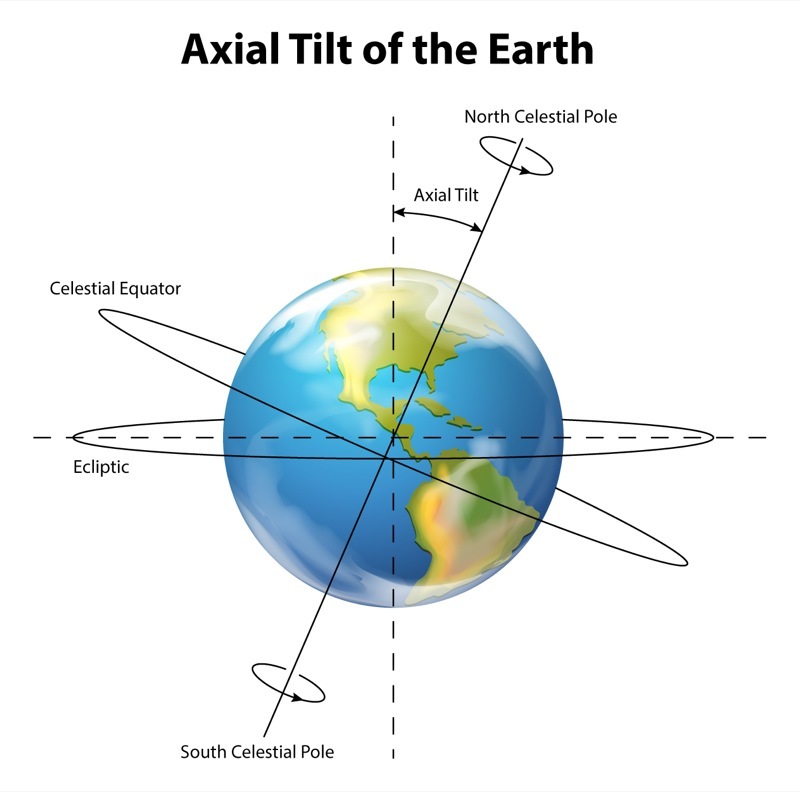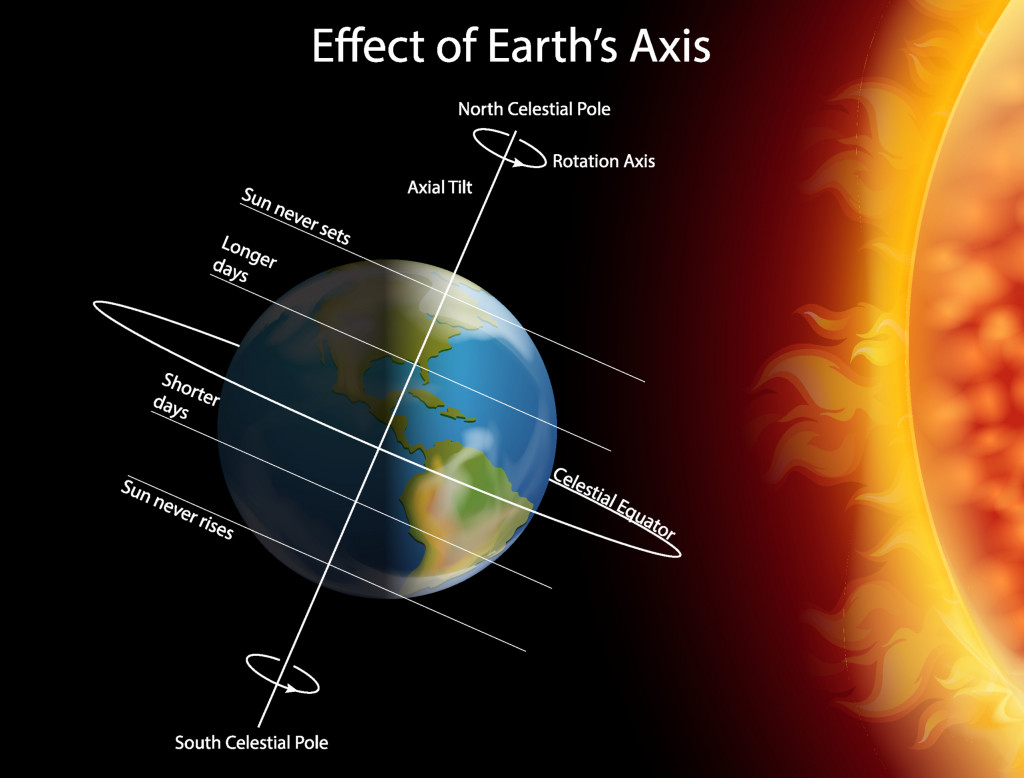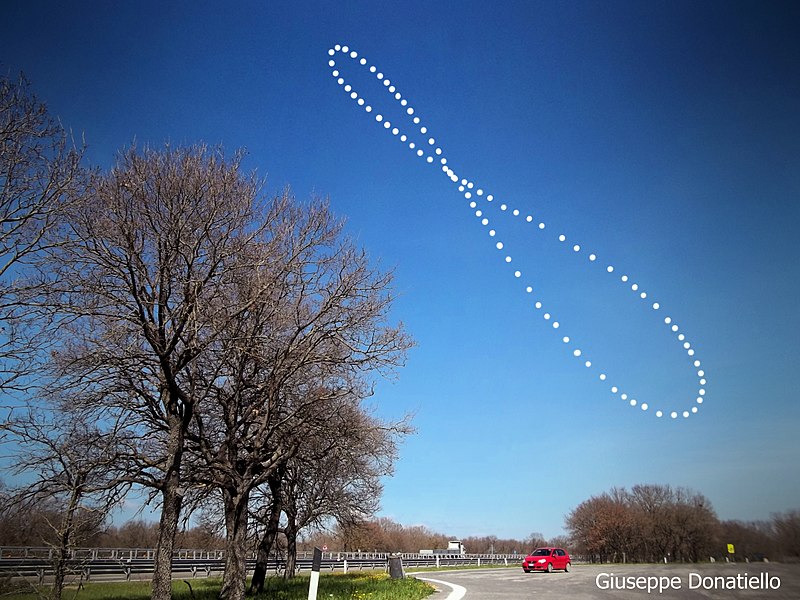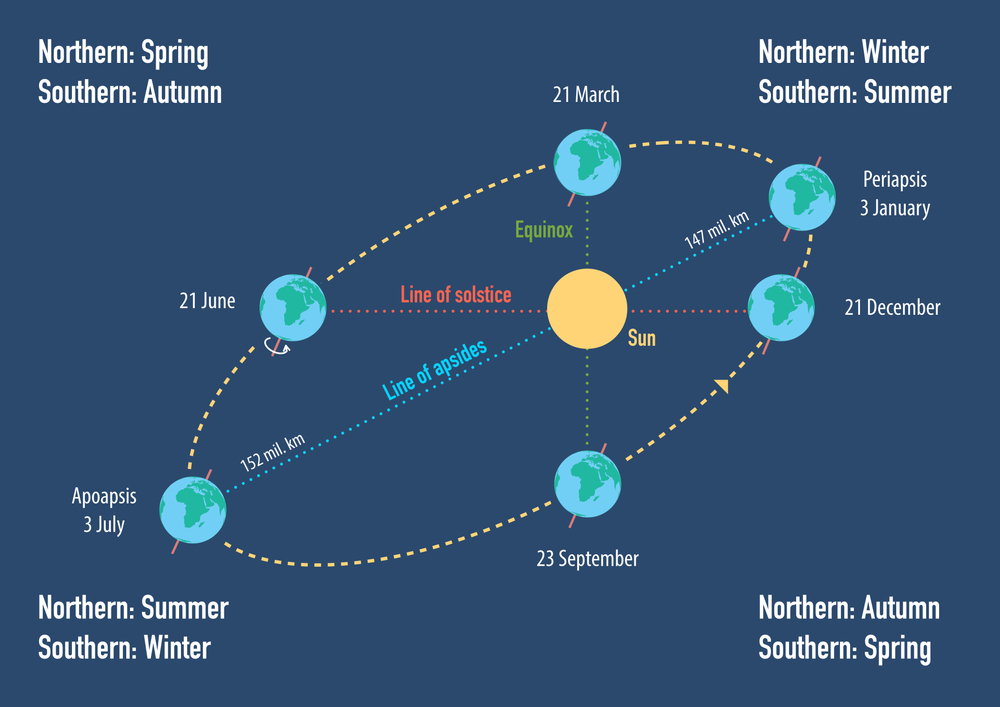The Earth rotates on an axis inclined at an angle of 23.5 degrees from West to East. This causes the Sun to rise from the East and set in the West. The orbit of the Earth around the Sun is elliptical. These two phenomena are the main reasons for the different timings of the Sunrise and Sunset in different places on the planet.
The other day on FaceTime, it was quite interesting to see the sky a stark blue in Mumbai at 7:30 in the evening, although it was pretty dark for me in Delhi. I was immediately teleported to my grade 5 Environmental Studies class when the teacher told us about the differences in sunrise and sunset times throughout the world.
Why is it like that?
The Axial Tilt Of Our Planet
The debate about the shape of the Earth being flat or round had been around for several centuries before geologists and astronomers put an end to this exaggerated debacle by citing appropriate data and facts. We have finally come to accept that the Earth is almost a sphere, more specifically, an irregularly shaped ellipsoid.
The Earth completes one rotation about its axis in 24 hours in the West to East Direction. The period of one complete revolution of the Earth around the Sun is 365 days, 6 hours, and 9 minutes.
The axis of rotation of the Earth is inclined at an angle of 23.5 degrees from the imaginary perpendicular line.

All these phenomena are collectively responsible for the peculiarity in the timings of sunrise and sunset.
How?
Also Read: Is Earth A Perfect Sphere?
Why Do Different Places Have Different Sunrise And Sunset Timings?
Due to the rotation of the Earth from West to East, the Sun rises from the East and sets in the West. Therefore, the places lying Eastwards on the Earth experience sunrise before the other regions, and the same is true for their sunsets.
This is precisely why Japan is known as the ‘Land of the Rising Sun’, because it lies towards the extreme East. This island of Samoa, lying to the extreme West, is the last to experience sunrise and sunset during each day.
Hence, different places have different sunset and sunrise times.

However, there’s more of a twist to this tale. Even the same place experiences different sunset and sunrise times each day. It sure would be convenient if the Sun rose and set every day at the same time, but things don’t work that way.
Also Read: Midnight Sun And Polar Nights: What Are They And Why Do They Occur?
Analemma Phenomenon
Since the orbit around which the Earth circles the Sun is elliptical and the axis of rotation of the Earth is tilted, the position of the Sun at a particular place is not the same every day. This is due to variation in the speed of Earth’s revolution.
Hence, the analemma phenomenon occurs and the pattern that the Sun’s position creates at a particular place throughout the span of one year is known as analemma.

Hence, even the exact same location doesn’t have fixed sunrise and sunset times.
Also Read: What Causes Seasons On Earth?
Why Are The Durations Of Sunrise And Sunset Different In Different Locations?
Another peculiar observation is that the durations of sunrise and sunset are different in different locations.
The Earth is divided into the Northern and Southern Hemispheres by the equator, which goes around the center of the Earth. The sun rays are concentrated near the equatorial region and start reducing as we move towards the North and South Poles. Again, due to the inclination of the Earth’s axis, the two hemispheres exist in opposite seasons.
When the Northern Hemisphere experiences the Summer Solstice, marked by longer days and shorter nights, the Southern Hemisphere experiences Winter Solstice, marked by shorter days and longer nights, and vice versa.
Why Does The Sun Never Set In Some Places?
A combination of the above-mentioned phenomena also results in the Sun not setting for several days in the regions above the Arctic Circle and the regions below the Antarctic Circle. These regions experience continuous Sunlight for days or even months at a time!
I wish I had spent my summer vacations there as a child. I could have played all day without my mother telling me to return home by dusk!

The Sun doesn’t set on the day of the Summer Solstice (June 21) above the Arctic Circle. These areas are often referred to as the ‘Land of the Midnight Sun’ and include the Northernmost regions of Canada, Greenland, Norway, Finland, Sweden, Alaska, Russia, and Iceland.
Svalbard, in Norway, truly does justice to the above name. The Sun doesn’t set there from about April 19th to August 23rd each year. Astonishing, right?
Conclusion
The Sun has been the ultimate source of energy and life for Earth for millions of years and will continue to stay that way for billions of years to come. Every phenomenon associated with the Sun and the Earth has found a special place of interest not only for astronomical experts, but also for ordinary people.
Be it the chirping of the birds at sunrise or the beautiful sky during sunset, the Sun signifies a new day and a fresh beginning. We shall always be indebted to the Sun and the scientific community will surely keep striving to unveil its mysteries and answer any questions associated with it. Until then, keep your thinking hats on and stay curious!
Also Read: How Does The Sun’s Warmth Reach The Earth? Why Can’t It Reach Us Through Cloud Cover?
How well do you understand the article above!

References (click to expand)
- axis - National Geographic Society. National Geographic
- Why the Earth has seasons | Earth | EarthSky - earthsky.org
- Milutin Milankovitch - NASA Earth Observatory. The National Aeronautics and Space Administration
- Times for sunrise and sunset in India - Worlddata.info. worlddata.info
- How do sunrise and sunset times change with altitude? (Intermediate). Cornell University
- Viewing and Understanding the Analemma. Stanford University
- An Analemma of the Sun - NASA Science. The National Aeronautics and Space Administration
- Where Does the Sun Never Set? - Wonderopolis. wonderopolis.org
